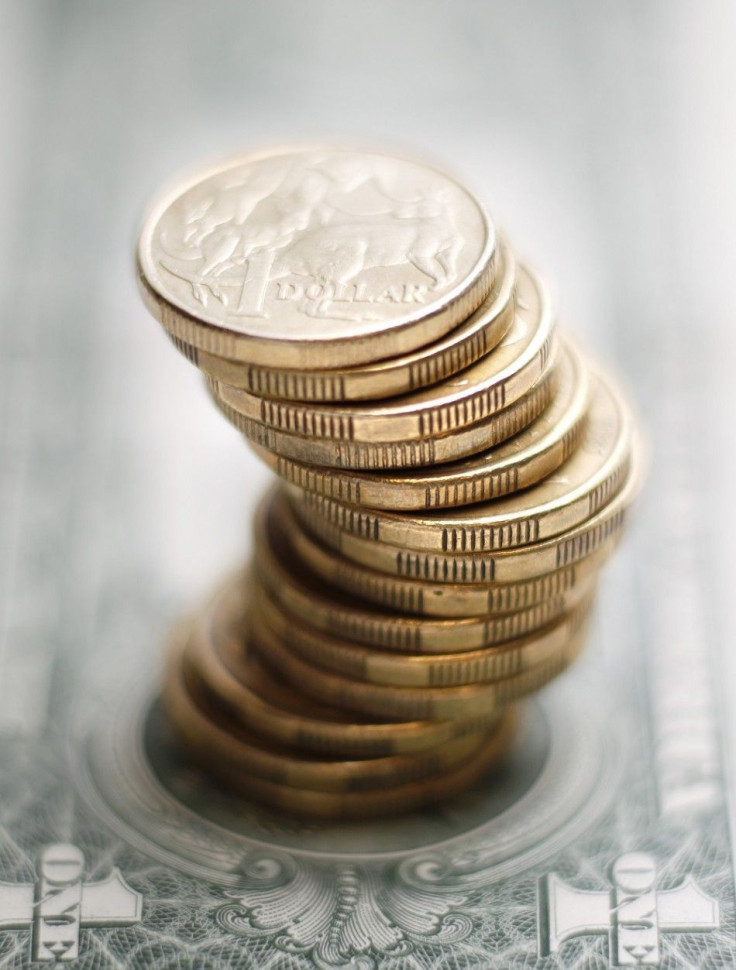Global Markets Overview – November 26, 2014

The commodity freefall continues
The AUD lost over 1% in overnight trade as the commodity free fall began to bite into the risk currency.
The divergence between the falling commodity prices and the AUD over the past two years is rapidly breaking down. The AUD has been heavily supported by unconventional monetary policy around the world and the search for yield that came with these policies.
However, with banks becoming less appealing on the yield front and the USD and bond market becoming the investment vehicle of choice, the AUD is returning to its fundamental position of being a commodity currency and it has a way to catch up to the fundamental value a commodities currency should have.
With OPEC talks continuing to yield no binding agreements, the market will have to wait till Thursday for the full announcement from Vienna. How the bloc will operate into 2015 looks difficult, as the group is unable to work together and although the market is expecting cuts to production (however modest) the crude fell a further 2% to close at a 4-year-low, suggesting harder cuts would be need to stabilise the price. Watch for further hurt in the energy plays todays.
Iron ore delivery into Tianjin hit US$68.60 a tonne - another five year low - and sees the price back at the 'glut' level of 2009. The PBoC sugar high has been completely forgotten, as the lending ability of Chinese investors remains tough and the debt burden is still at elevated levels.
I will note however, that cutting interest rates is a signal of intent; 2015 is likely to see more of these moves from the PBoC. Disinflation is a real burden on real rates and with lending participants experiencing high funding cost and the inability to refinance, due the aforementioned issues, the PBoC will look to remedy this sooner rather than later. Further liberalising of funding methods and the reduction of financial barriers are highly likely announcements for 2015. However, this is still months away and the demand for industrial materials looks set to remain sluggish for the final five weeks of the year.
Ahead of the Australian Open
With the AUD finally falling towards historic levels, the benefits for exporters will no doubt increase. However, the state of the Australian economy remains downbeat. Interestingly, the majority of sell side analysts still have rate hikes priced into their models, as do most economists in 2015.
The market on the other hand is pricing in a 40% chance of a rate cut and from the current data to hand, I agree with this conclusion. The non-mining slack remains unmoved and even with current easing measures, unemployment is elevated and howing no sign of abating. The regulator is on the verge of introducing macro-prudential leaves on the housing market and wage growth is flat-lining. The Australian economy for 2015 is a real unknown and why I am skewed to a rate cut rather than a rate hike. The RBA will be watched with even more interest next year.
However, despite plummeting commodity prices the falling AUD looks like assisting the local market. We are calling the ASX up 24 points on the open to 5359, BHP's ADR is pointing to a gain of near enough to 1% for the big miner and talk that Glencore is again after Rio will do its share price no harm at all.
Asian markets opening call | Price at 8:00am AEDT | Change from the Offical market close | Percentage Change |
Australia 200 cash (ASX 200) | 5,358.80 | 24 | 0.45% |
Japan 225 (Nikkei) | 17,402.00 | -5 | -0.03% |
Hong Kong HS 50 cash (Hang Seng) | 23,856.30 | 12 | 0.05% |
China H-shares cash | 10,783.10 | 0 | 0.00% |
Singapore Blue Chip cash (MSCI Singapore) | 378.20 | 1 | 0.18% |
US and Europe Market Calls | Price at 8:00am AEDT | Change Since Australian Market Close | Percentage Change |
WALL STREET (cash) (Dow) | 17,846.50 | 48 | 0.27% |
US 500 (cash) (S&P) | 2,070.23 | 4 | 0.22% |
UK FTSE (cash) | 6,740.10 | 9 | 0.13% |
German DAX (cash) | 9,878.60 | 78 | 0.79% |
Futures Markets | Price at 8:00am AEDT | Change Since Australian Market Close | Percentage Change |
Dow Jones Futures (December) | 17,821.50 | 47.50 | 0.27% |
S&P Futures (December) | 2,068.88 | 4.25 | 0.21% |
ASX SPI Futures (December) | 5,360.00 | 0.00 | 0.00% |
NKY 225 Futures (December) | 17,427.50 | -10.00 | -0.06% |
Key inputs for the upcoming Australian trading session (Change are from 16:00 AEDT) | Price at 8:00am AEDT | Change Since Australian Market Close | Percentage Change |
AUD/USD | $0.8526 | -0.0069 | -0.79% |
USD/JPY | ¥117.935 | 0.045 | 0.04% |
Rio Tinto Plc (London) | £29.91 | 0.15 | 0.49% |
BHP Billiton Plc (London) | £16.13 | -0.08 | -0.49% |
BHP Billiton Ltd. ADR (US) (AUD) | $32.41 | 0.31 | 0.97% |
Gold (spot) | $1,199.05 | 2.00 | 0.17% |
Brent Crude (January) | $78.18 | -1.45 | -1.83% |
Aluminium (London) | 2049.75 | 9.75 | 0.48% |
Copper (London) | 6591.5 | -64.50 | -0.97% |
Nickel (London) | 16475 | -79.00 | -0.48% |
Zinc (London) | 2271 | -11.25 | -0.49% |
Iron Ore (62%Fe Tianjin) | 68.6 | -1.40 | -2.00% |
[Kick off your trading day with our newsletter]
More from IBT Markets:
Follow us on Facebook
Follow us on Twitter




















